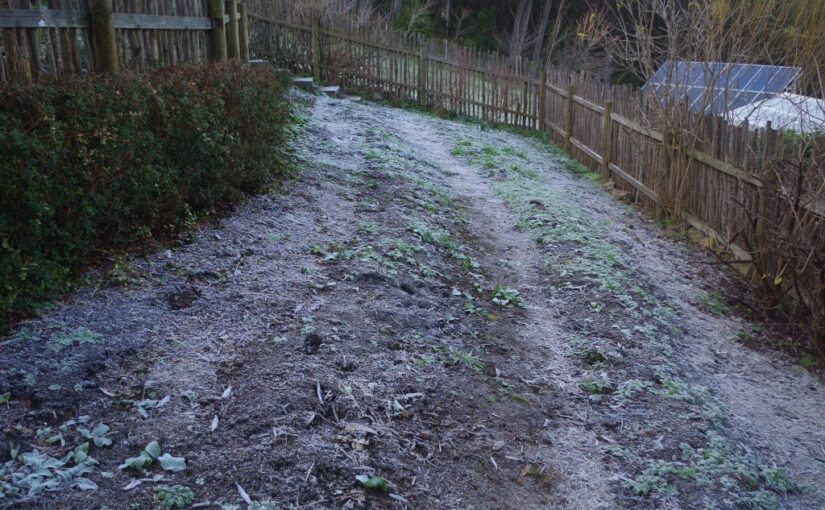Maybe it was reading the book of oral accounts of the 1983 Ash Wednesday bushfires which ripped through this mountain range forty years ago. However, it could equally have been the uncomfortable one-off experience of forcing my body to breathe underwater. In the late 1990’s we were on a boat far off shore and offered a chance to scuba dive. Tes’ not natural, the brain protested! The body sought more air than the whatever you call it thing lodged in my mouth would provide. Far from an enjoyable experience.
In an interesting side story, the scuba incident took place 60km (40 miles) offshore over the Great Barrier Reef. Sandra pointed out the rather large and toothy looking reef shark. It’s only a reef shark. Yeah, sure. The French tourists in the opposite cabin were dreadfully sea sick, and taking pity I slipped them a potent anti histamine. Possibly there was some self interest there – the sound of retching quite disturbed my well earned beer and dinner. However, it was many months later when on dry land, we came across a horror article which alleged that captain on the very same vessel had a psychotic episode at sea. He was somehow restrained by the crew and passengers. Glad we missed that. The open oceans, not for I!
The awful incident with the submersible this past week had left me with a certain feeling of trepidation whenever I perused the news of the day. Frankly, it was difficult to comprehend the motivations of anyone who’d venture where it is simply bonkers to go. And I forget where, but the words ‘obscenely safe’ were mentioned somewhere during the reports. As anyone with more than half a brain knows, such claims are hubris, which usually ends in nemesis. Never good, and the carnage of the Titanic wreck they so wanted to see, suggests as much.
So yeah, oceans are best viewed from the shore. The Scottish heritage in my veins instead sings to me of mountains and cold weather. Up in the mountains and forests, that’s home. It’s cold. It’s nice. Except I’m currently reading oral accounts of the last big bushfire which ripped through this mountain range forty years ago. Lives were lost, as were hundreds of homes. There was virtually no early warning of an impending fire that fateful night. The majority of people appeared to have learned of the fire when flames were already in the garden.
The house we built uses a combination of materials and simple technology to resist bushfires. It’s not carbon fibre bonded onto titanium like that sub thing, it’s more the sort of material arrangements which slow fires spreading from one apartment to the next. The walls are meant to last 90 minutes with direct flame contact. The roof, at least 30 minutes. The thickly glazed toughened windows and stainless steel shutters, who knows? Large fire fronts typically last 15 minutes before consuming most of the easy to burn stuff, so the worst of the fire is always hungrily on the move pushed on by the winds.
Sandra and I constructed the house ourselves, and in doing so we gave very careful attention to all of the finer details of the fire rating systems, and especially how they joined together. After all, it’s our lives on the line. Would a builder put as much care and attention into these fine details? Maybe, it’s hard to say. But most importantly though, nobody really knows how this house will work during a big fire. That’s a considerable risk.
It’s not our plan to hang around in the event of a big fire in the area. Lock the house up, collect the dogs and get out of the forest early before you’re trapped by falling trees and unintentional car accidents. Back in 1983, the oral accounts in the book suggest that there is a bit of psychic trauma resulting from hanging around and finding out just what happens when a big fire front rolls on through, especially if things don’t go all that well. The folks I spoke to in another nearby mountain range after the more recent 2009 Black Saturday fires said similar things. Why risk that trauma, not to mention our very lives?
Insurance is the dark horse in this story. Insurance is a form of spreading and sharing risks around the community. It is worth mentioning that a house is just as likely to have a fire in an urban area. Big bushfires unfortunately tend to destroy a lot of houses in a very short time. Flooding, does even more damage than bushfires, and almost as quickly. A house at least has a chance of surviving a fire, but a flood, the odds are candidly not good. We’ve observed for years that our insurance premiums on the house are rising at a rate of around 20% per year. That’s probably not sustainable. And what will happen if the premium costs pass that threshold of affordability? What indeed.
Unlike those now deceased submersible folks, if I had no choice other than to stay and defend the house during a bushfire, I wouldn’t be doing it for the thrills, or even the entertaining dinner stories, because I doubt there’ll be any.
Anyway, that’s something to worry about in the warmer months of the year. Right now around the winter solstice, it’s cold and damp. The other morning we woke to discover that it was 1’C (34’F) outside and 15’C (59’F) inside. We generally let the wood fire burn out over night.
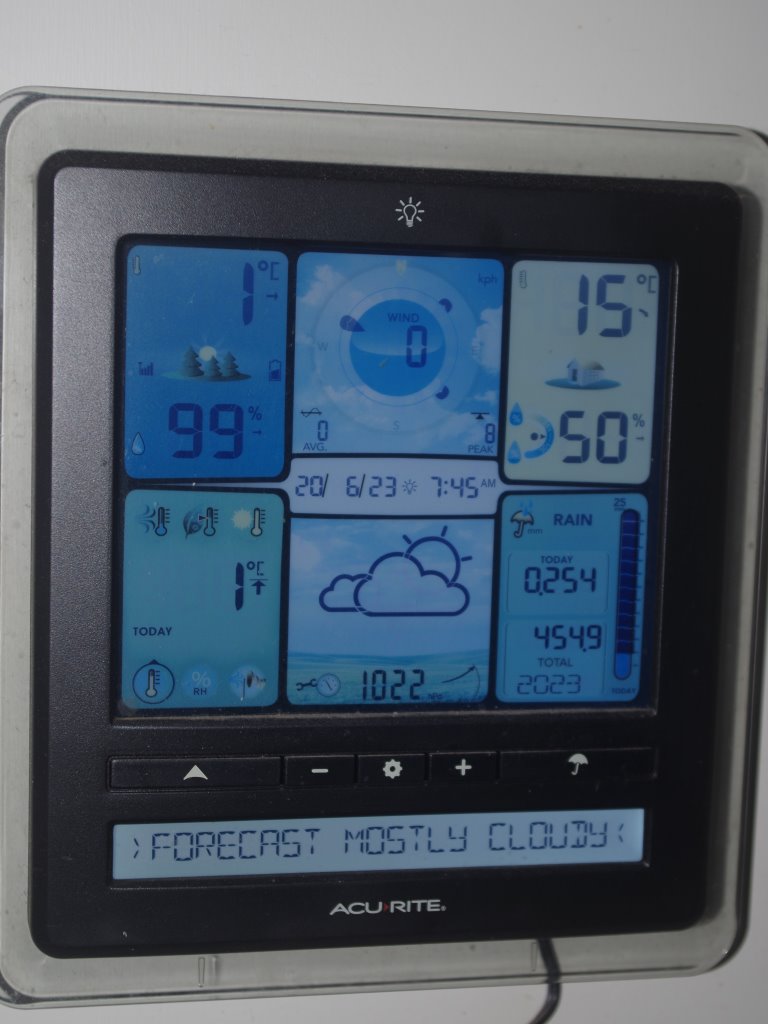
The morning brought a frost. The ground was frozen and you could hear the soles of your boots crunching on the otherwise soft ground.
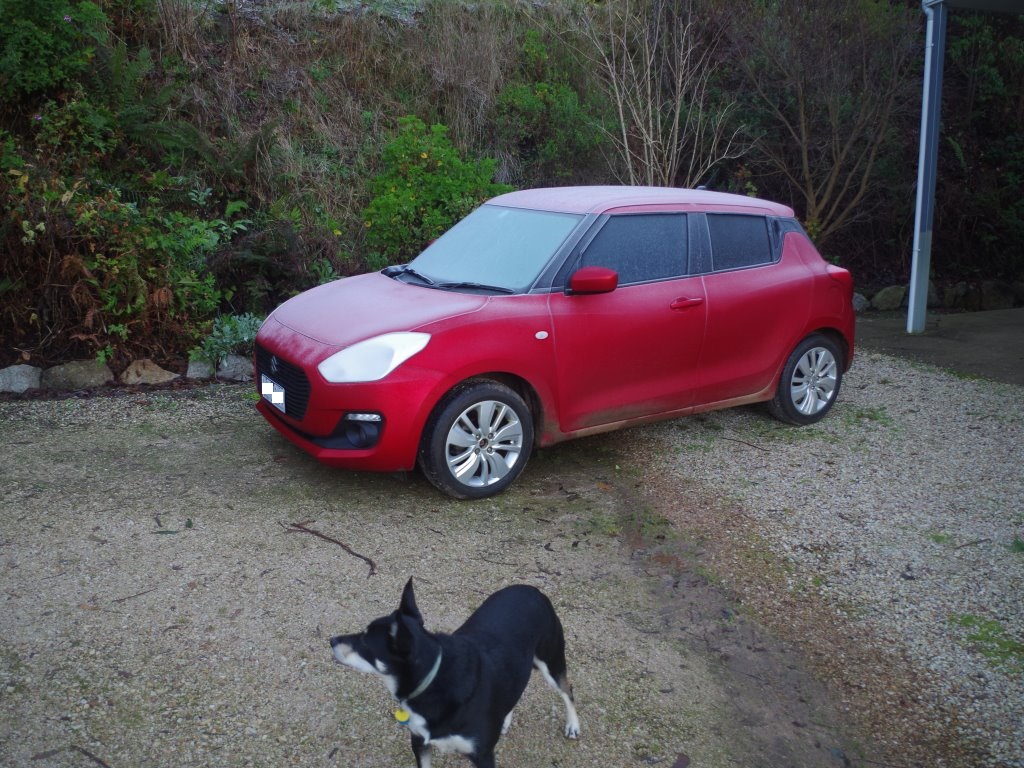
The ground was frozen and crunchy, but strangely the frost was more visible in the raised garden beds.

The surface of the dogs water bowl was frozen.
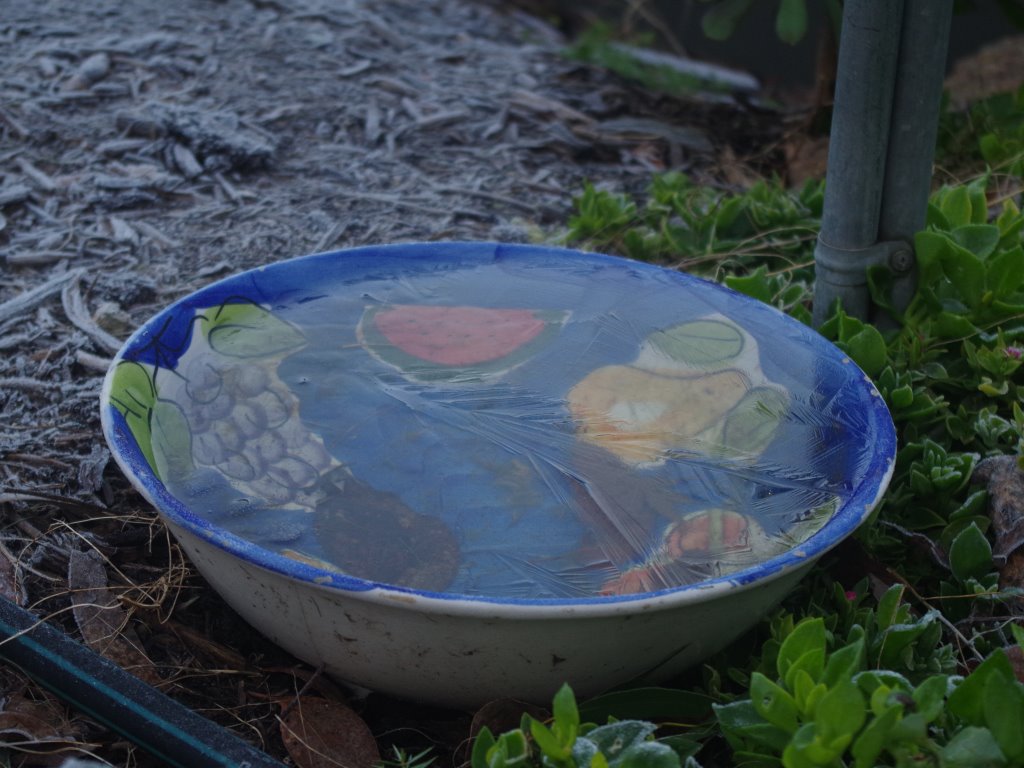
We’re resting up the sapling fenced enclosure for the winter, and with few plants growing there other than weeds, the frost was much worse than elsewhere.
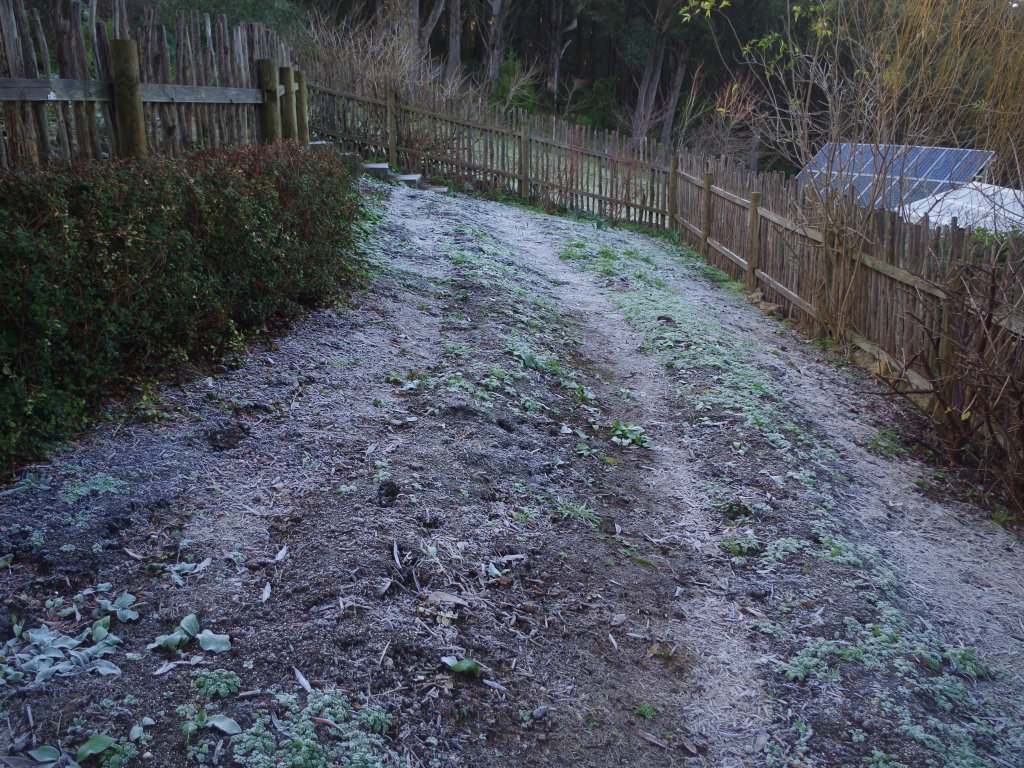
Even the moisture on the surface of the solar panels froze solid.

Most of the week has been cold and wet here. Some midday’s, the sun pushes a bit through the clouds and shines. With the persistent rain, we get to enjoy some amazing rainbows hanging over the valley.
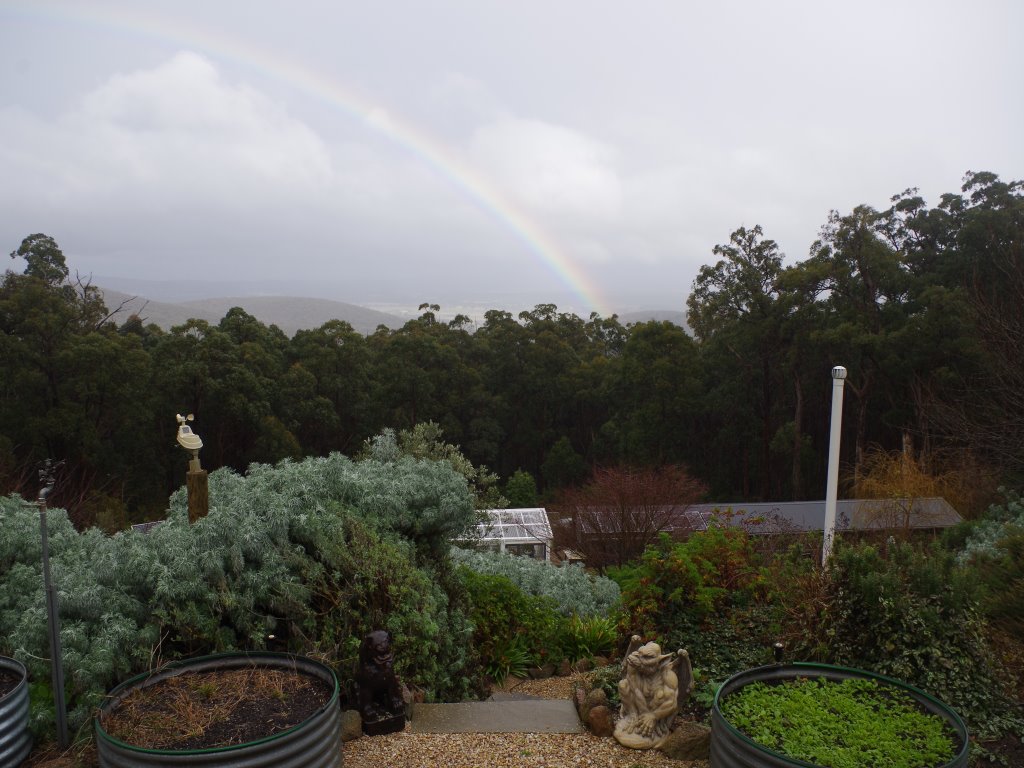
With the thick clouds and persistent rain, the solar power this week has not been all that great. The forecast for this coming week doesn’t sound much better. I’ll have to push the little generator into service soon. That’s how it rolls for three weeks either side of the winter solstice. Despite July being colder again, the days will slowly get longer.
An additional 11m (36 feet) of ground surface water drains were added to the uphill side of the long shed. After completing that work, an inch of rain fell and tested the drains out. They worked well.

We also placed a lot of the crushed rock with lime on the area in front of the doors of the shed. There’s still more material to be added to that surface, but the bulk of the job was done. Also the roof gutters were completely removed and rehung so that the water collecting in them, flowed in the right direction. The rain then promptly also put those gutters to the test, and they now worked. Before the end of next month, we should have two additional water tanks and another downpipe installed. The additional water storage will be appreciated over the summer months.
In breaking wallaby news, the wallaby broke one of the fronds on the recently planted out tree fern. Not happy.
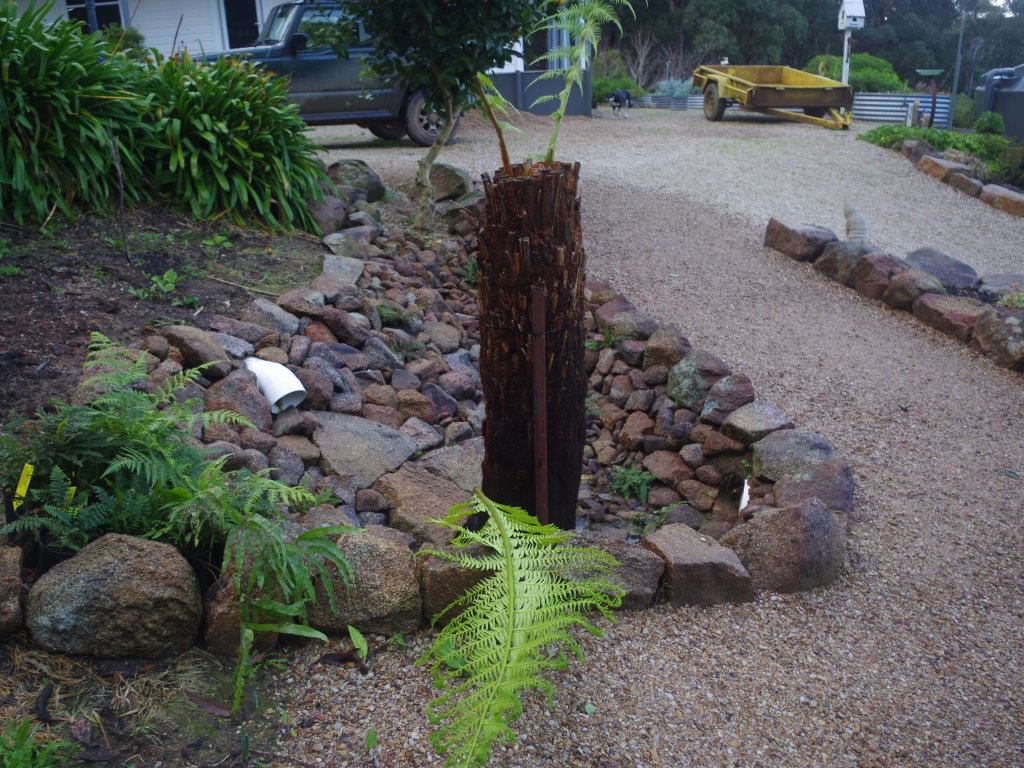
There’s been a lot of rain over the past few months, and the ferns are really enjoying the water.
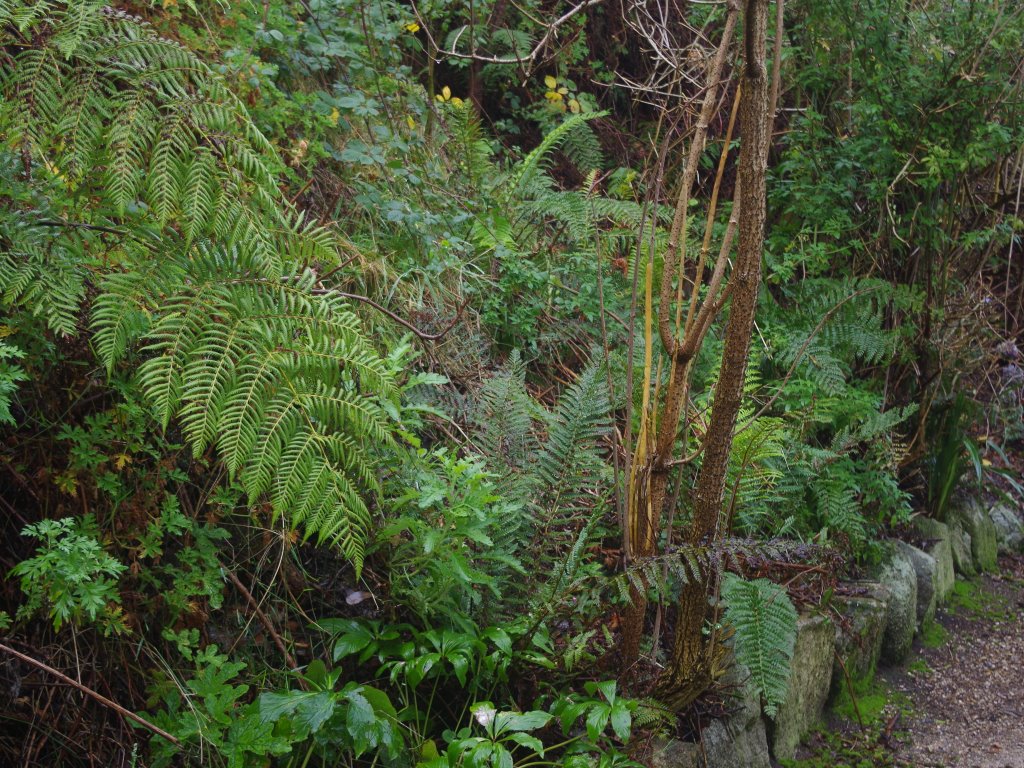
Onto the flowers:
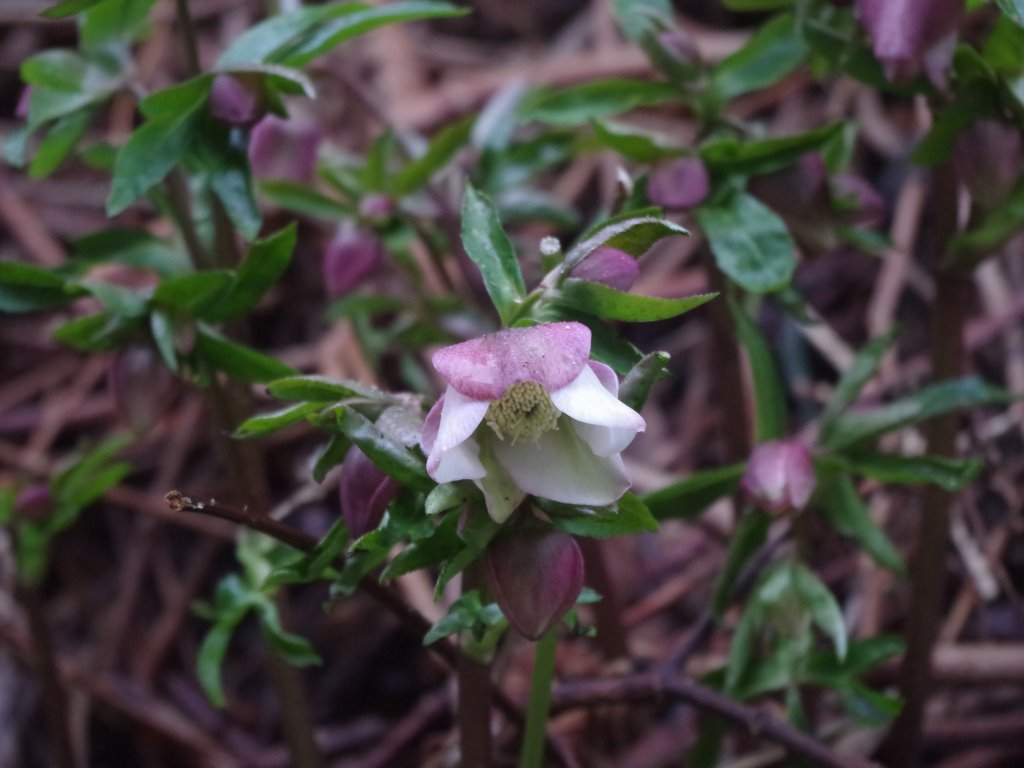
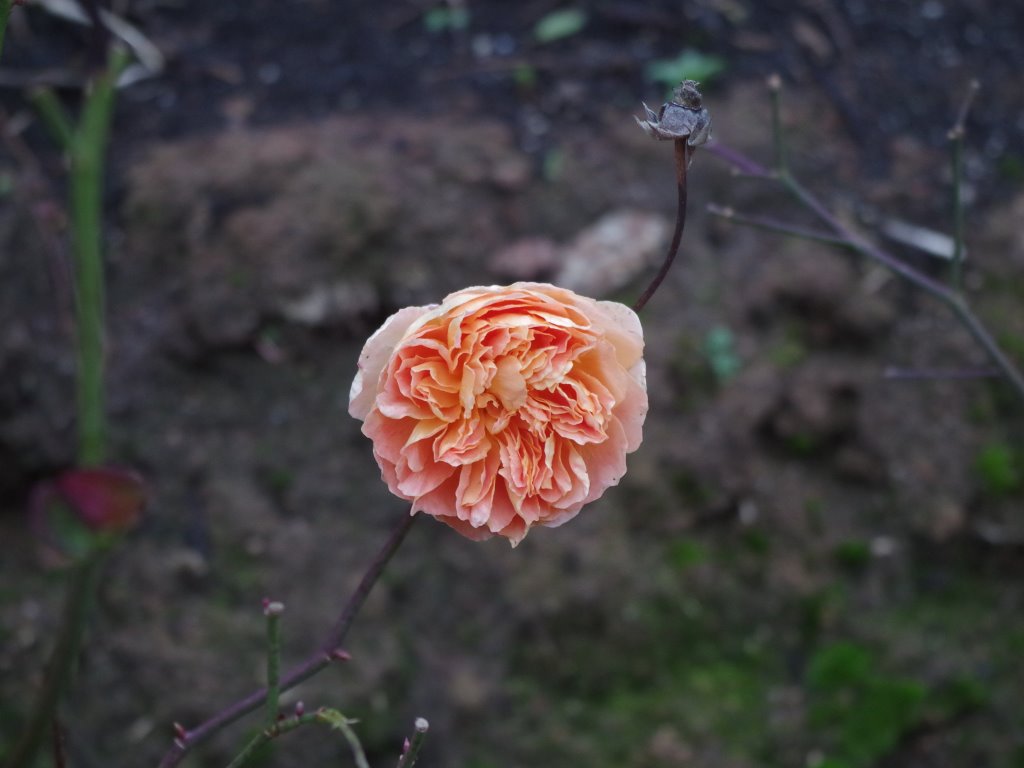
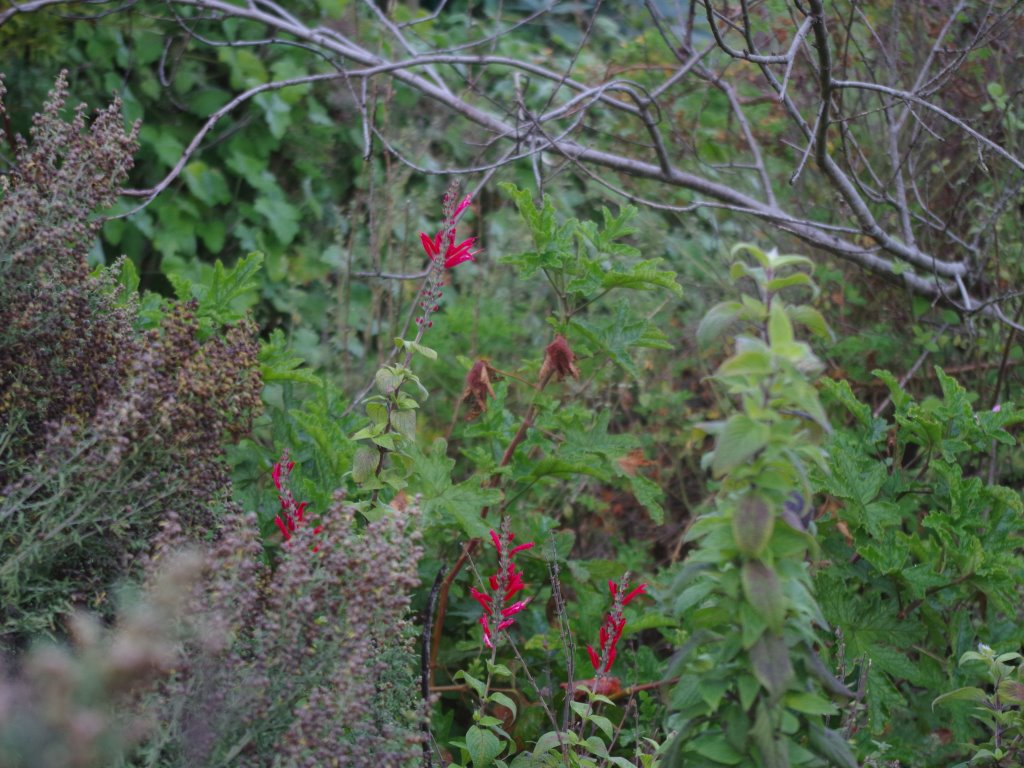
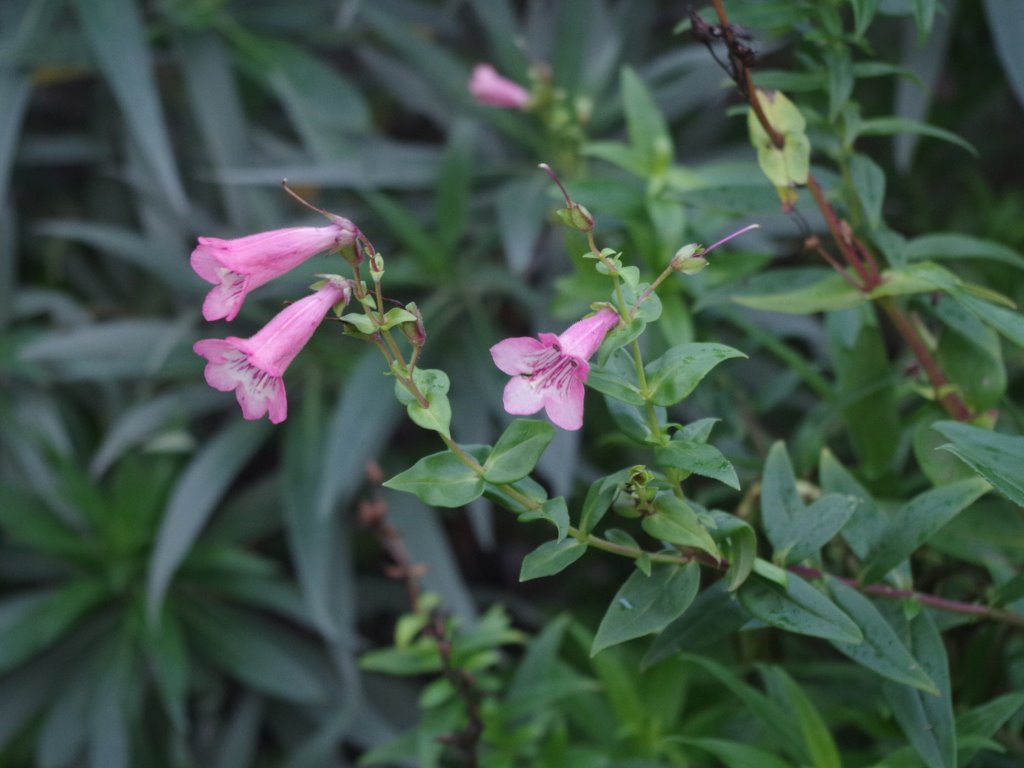

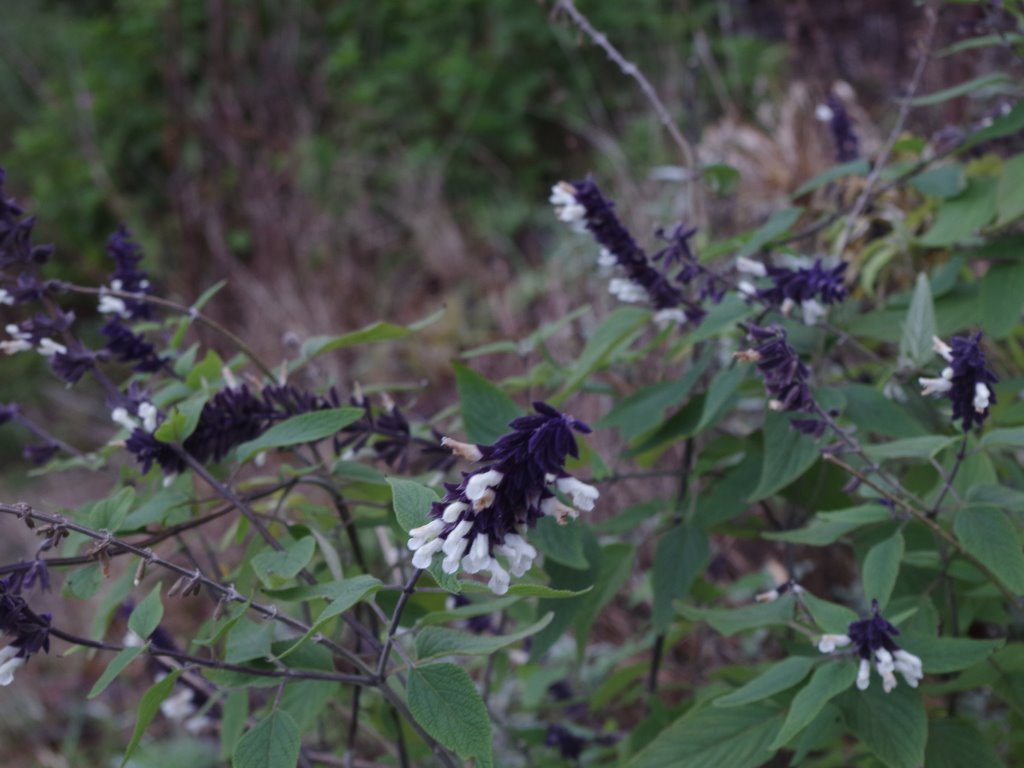
The temperature outside now at about 10am is 8’C (46’F). So far this year there has been 488.5mm (19.2 inches) which is up from last weeks total of 450.8mm (17.7 inches)
